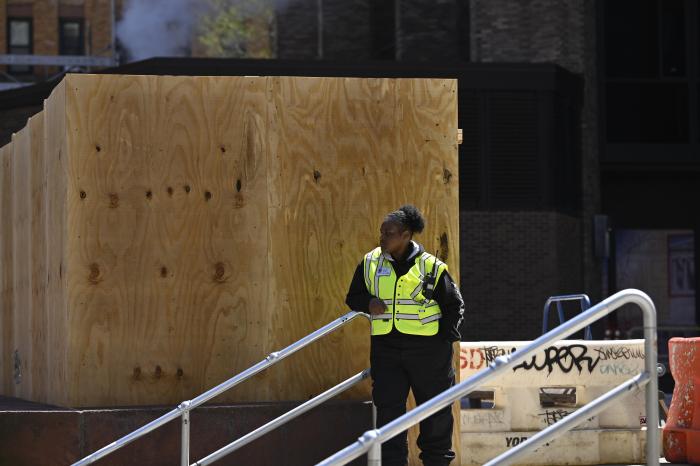By Madina Toure
A socio-linguist from Queens has a book coming out in 2017 that explores inter-ethnic communication between Latino and Korean immigrants in Flushing and Manhattan’s Koreatown.
Karen Velasquez, assistant professor of cooperative education at Antioch College in Ohio, is working on a book titled “Latino Immigrants in Koreatown, New York City: Transcending Cultural and Linguistic Boundaries,” based on fieldwork research she conducted for her Ph.D. dissertation at Columbia University.
The book examines interactions between Korean and Latino immigrants in Korean food businesses around Queens and Manhattan, looking at how the workers use language to communicate, accomplish work together and negotiate their positions in the workplace. The idea came from her interviews with Mexican workers at a Greek restaurant in Astoria.
From 2012 to 2014, Velasquez interviewed and spent time with 30 workers, 26 of whom were Mexican and the rest from Guatemala and Ecuador.
“It’s (the book) more highlighting some more of the story aspects, the experiences of being a learner myself who is learning Korean through these Latinos,” she said.
She recently spoke at a salon hosted by the Greater Flushing Chamber of Commerce about Latino and Asian immigrants in Flushing Dec. 18.
Born in Elmhurst to Colombian parents, Velasquez lived in Elmhurst, Corona, Jackson Heights and Forest Hills before her family moved to Long Island when she was 8 years old. She moved to Flushing to work on her dissertation.
Velasquez received her bachelor’s degree in anthropology and sociology at Fordham University and a Master of Education degree in international educational development and a Ph.D. in anthropology and education at Columbia University’s Teachers College.
Roughly half of the workers Velasquez interviewed worked in Koreatown in Manhattan, while the other half worked in Flushing.
Koreans and Latinos have been working together since the 1980s, Velasquez said, with the workers describing positive interactions despite their relations being historically portrayed as tense.
“They work together, they get along, they are able to find many creative ways about learning about each other’s language and culture,” Velasquez said. “Sometimes they also date each other, marry each other, have children together.”
Velasquez said that despite concerns workers expressed about working long hours and other workplace conditions, they seem to be well-adjusted, not really seeing their undocumented status or not speaking English as impediments. Most of the workers have since returned to their home countries or have changed jobs.
The Latino workers learn Korean by coming up with a set of vocabulary words they use to speak with each other and their Korean co-workers, studying restaurant menus to learn Korean and even memorizing Korean ingredients, she said.
“What their world looks like and sounds like is very different from outside perceptions of what the immigrant should be doing: going to school, learning English, becoming a citizen,” she said.
Reach reporter Madina Toure by e-mail at mtour
































